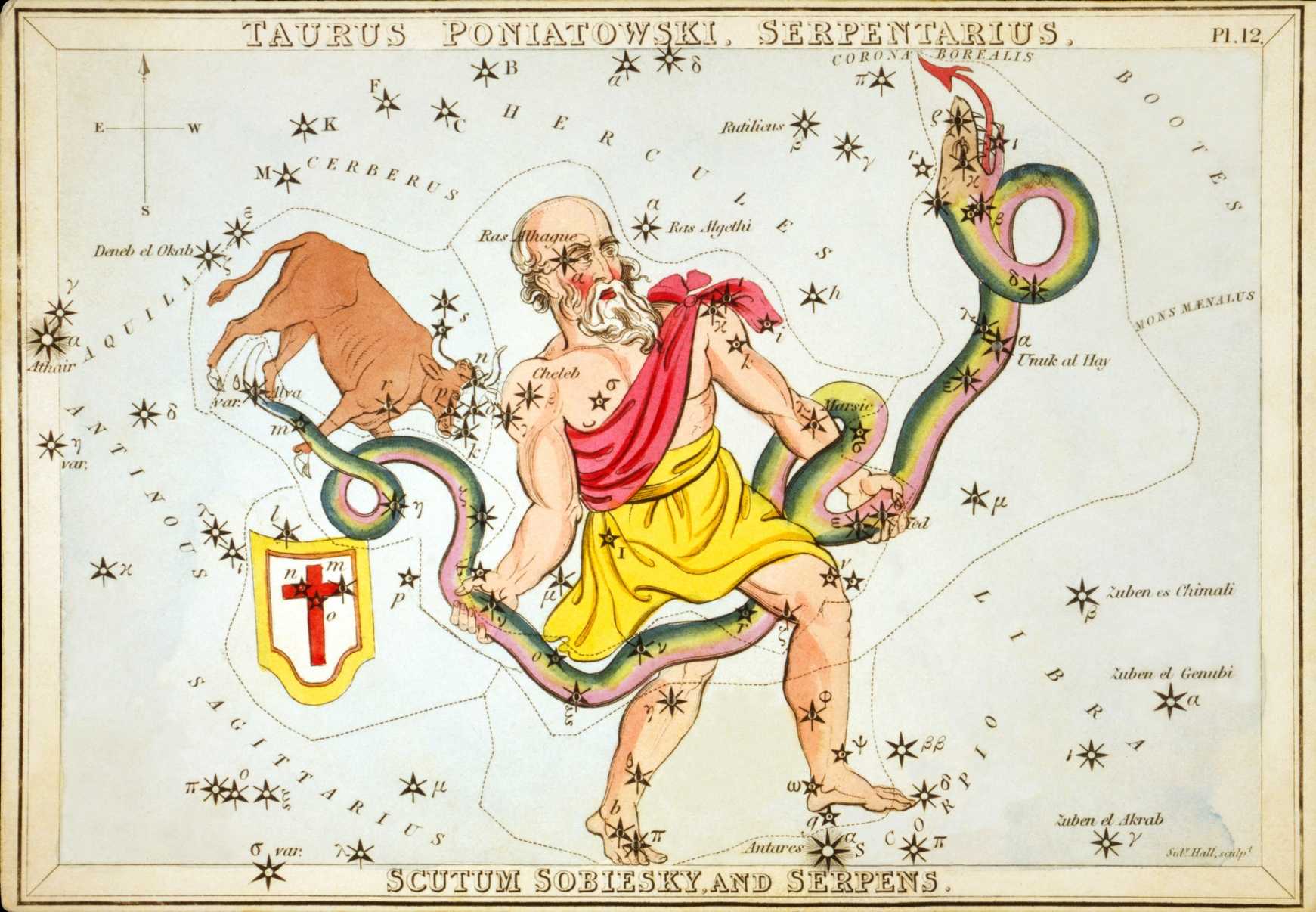Constellations: Universal Time and Direction Indicators
The constellations are invaluable time and direction indicators, used especially by sailors, shepherds, and other types of travelers.

The constellations are invaluable time and direction indicators, used especially by sailors, shepherds, and other types of travelers.

